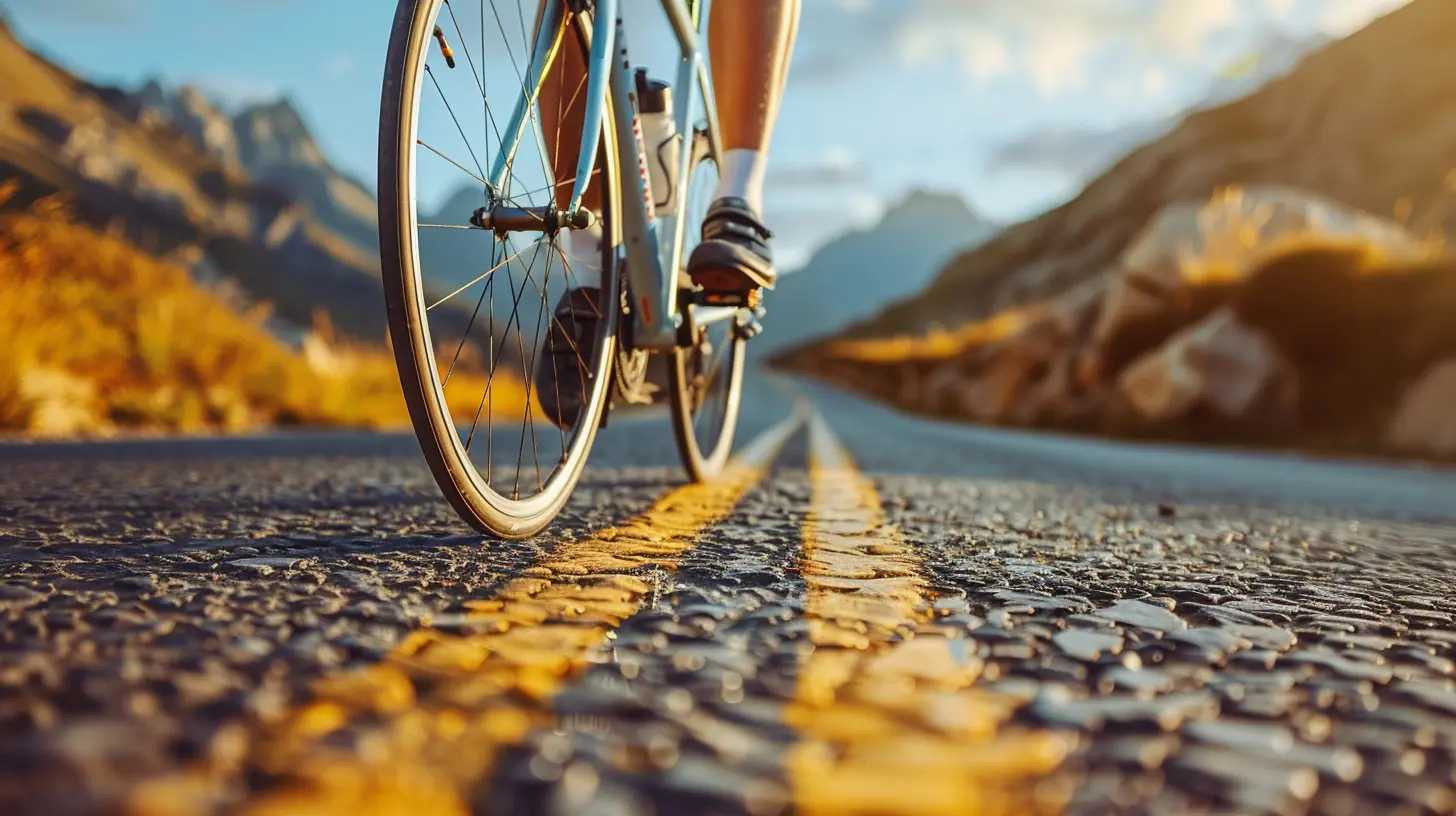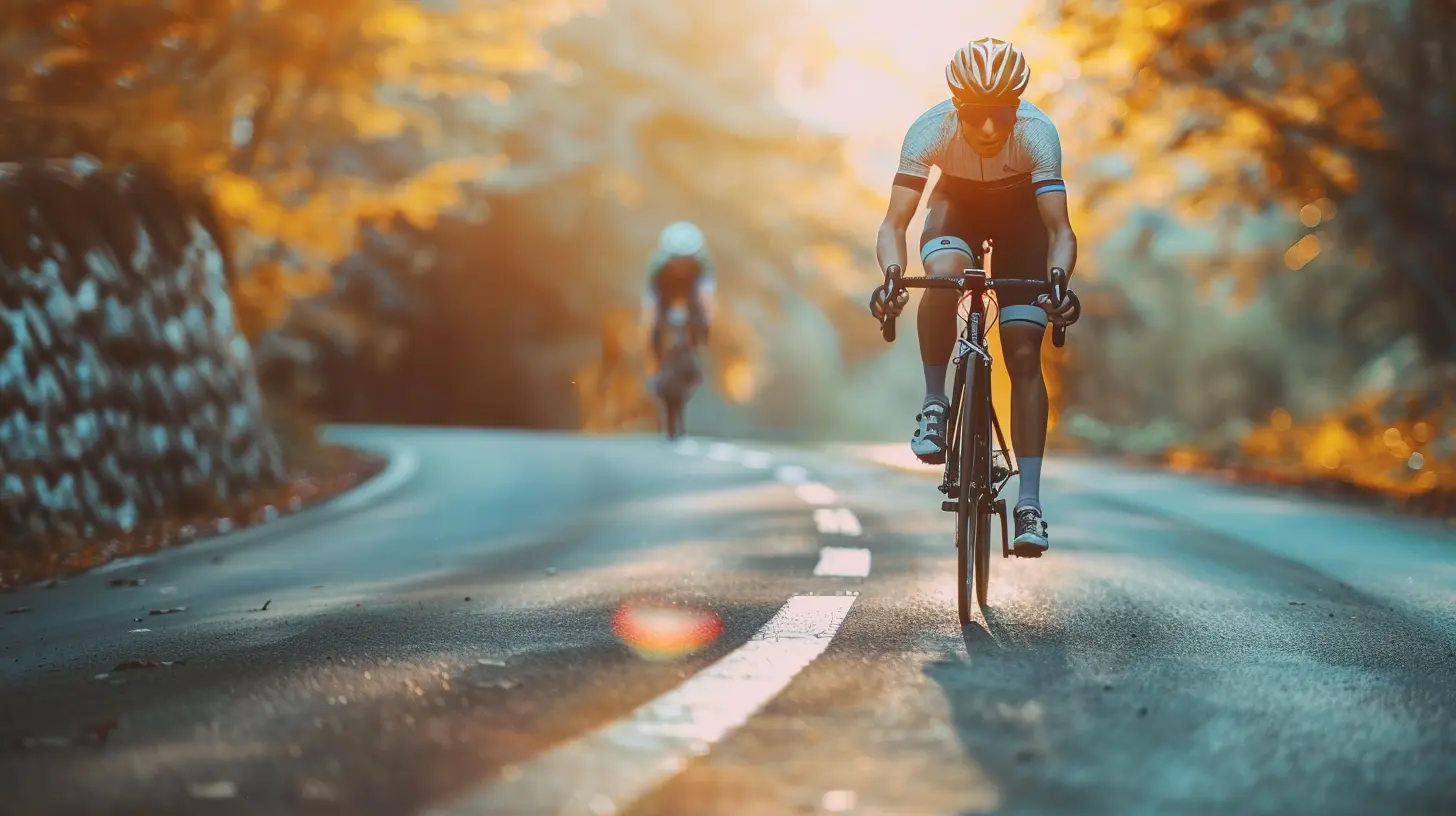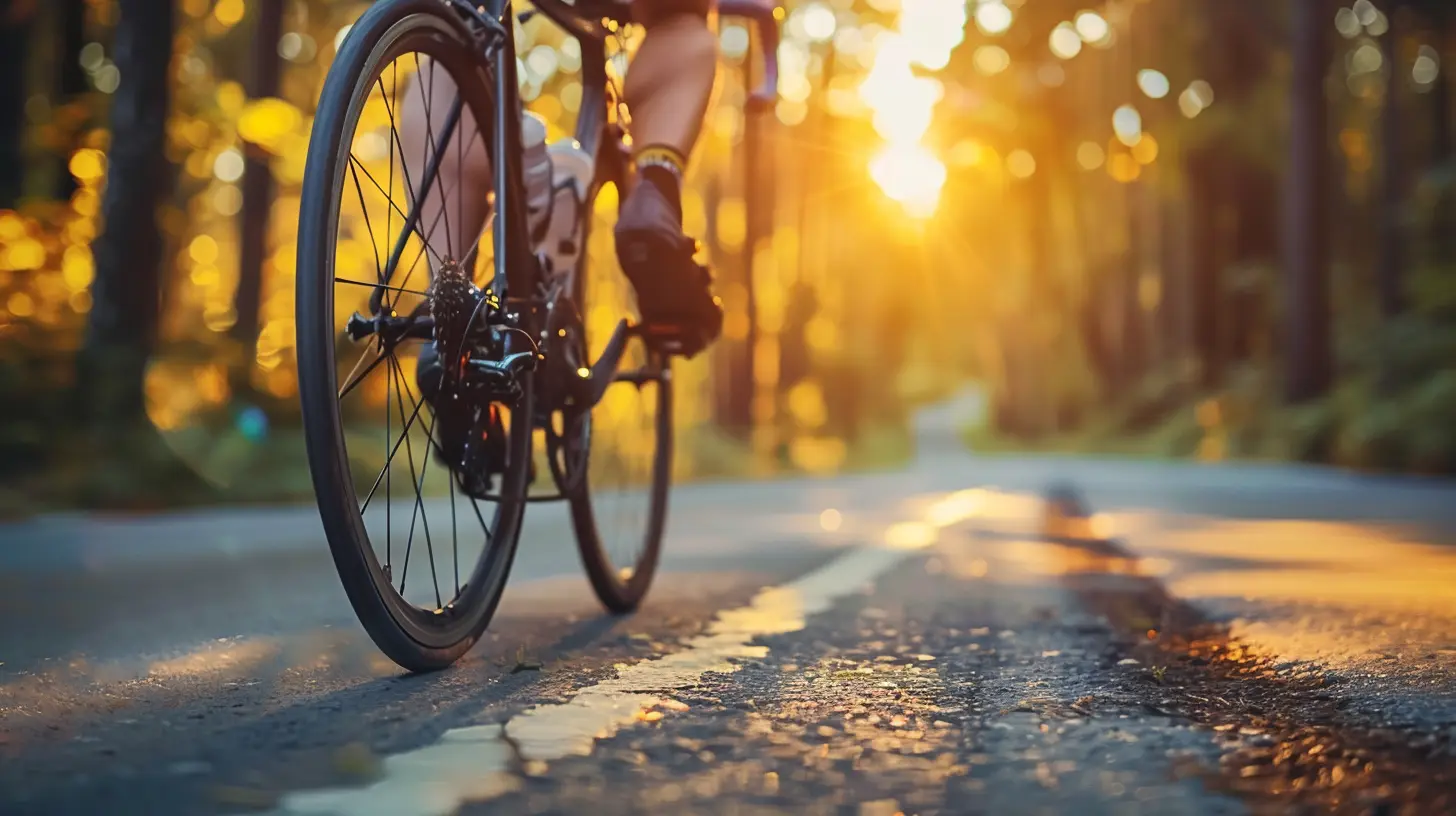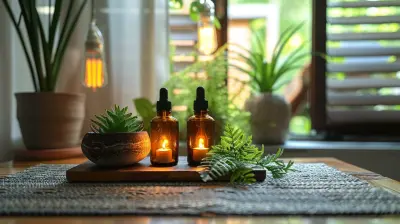Essential Gear for Safe and Effective Cycling Workouts
29 September 2025
Cycling is one of the best ways to stay fit, enjoy the outdoors, and even commute efficiently. Whether you're a beginner or a seasoned rider, having the right gear can make all the difference. The right equipment not only improves comfort and performance but also ensures your safety. So, what essential gear do you need for safe and effective cycling workouts? Let's break it down.

1. Helmet: Your First Line of Defense
If you invest in only one piece of cycling gear, let it be a helmet. It's not only highly recommended but, in many places, legally required. A good helmet protects your head in case of an accident and can be the difference between a minor injury and something much more serious.What to Look for in a Helmet:
- Proper Fit – It should sit snugly on your head without wobbling.- Ventilation – Helps keep your head cool on long rides.
- Lightweight Design – Makes it comfortable to wear for extended periods.
- Certification – Ensure it's approved by organizations like CPSC or MIPS for added protection.

2. Cycling Apparel: Comfort Meets Function
Wearing the right cycling clothes can significantly improve your performance and comfort. Here’s what you need:Jersey
A cycling jersey is designed to wick moisture away, keeping you dry and comfortable. Unlike regular shirts, jerseys fit snugly to reduce wind resistance and often come with pockets to store small essentials.Padded Shorts
Ever wonder why seasoned cyclists wear tight shorts? It’s all about comfort. Padded cycling shorts reduce friction and absorb shock, preventing saddle soreness on long rides.Gloves
Cycling gloves provide better grip, protect your hands from blisters, and absorb road vibrations, reducing hand fatigue.Cycling Shoes
Your regular sneakers might work fine for casual rides, but for serious workouts, cycling shoes help maximize pedal efficiency. Clip-in shoes (with cleats) allow you to pull up as well as push down, giving you more power with every stroke.
3. Bike Lights: See and Be Seen
If you plan on riding early in the morning, late at night, or even in dim conditions, bike lights are a must-have.- Front Light – Helps illuminate the road ahead.
- Rear Light – Increases visibility to vehicles from behind.
- Reflectors – Additional safety, ensuring you're seen from all angles.
Opt for LED lights with high lumens for better brightness, and make sure they’re rechargeable for convenience.

4. Hydration System: Stay Fuelled
Cycling is a workout, and like any other, hydration is key. Dehydration can lead to fatigue and muscle cramps, cutting your ride short.- Water Bottles – A standard option that fits into bike-mounted bottle cages.
- Hydration Packs – Ideal for longer rides, allowing you to sip on the go without stopping.
Regardless of your choice, drink water regularly throughout your ride rather than waiting until you feel thirsty.
5. Bike Repair Kit: Be Your Own Mechanic
Nothing's worse than getting stranded miles away from home with a flat tire or a broken chain. A well-equipped repair kit ensures you can handle minor mechanical issues on the go.Must-Have Tools:
- Spare Tube – In case of flats.- Tire Levers – Helps remove the tire easily.
- Mini Pump/CO2 Inflator – Essential for reinflating a tire.
- Multitool – Covers basic repairs like tightening bolts and adjusting seats.
Keeping these in a small saddlebag ensures you’re always prepared.
6. Sunglasses: More Than Just Style
Sunglasses do more than just make you look cool on the road. They protect your eyes from UV rays, dust, insects, and wind, reducing the risk of dry or irritated eyes.What to Look for:
- UV Protection – Shields against harmful sun rays.- Shatterproof Lenses – Enhances durability.
- Wrap-around Design – Provides full coverage.
Polarized lenses can also help cut glare when riding on sunny days.
7. GPS and Smartphone Mount: Navigation Made Easy
If you're cycling in unfamiliar areas, a GPS device or smartphone mount can be a lifesaver. These allow you to track routes, monitor performance data, and stay connected without fumbling in your pockets.- Cycling Computers – Offer advanced tracking, including speed, distance, and heart rate.
- Smartphone Holders – Securely mount your device while keeping it accessible.
8. Reflective Gear: Be Visible in Low Light Conditions
If you're riding in low-light conditions, reflective gear is a must. While lights help, reflective clothing and accessories ensure you're seen from all angles.Essential Reflective Gear:
- Vest or Jacket – Wear over your jersey.- Reflective Tape – Can be added to your bike frame or helmet.
- Ankle and Arm Bands – Small but highly visible.
Drivers often struggle to see cyclists in dim lighting, so increasing your visibility can prevent accidents.
9. Cycling Computer or Fitness Tracker: Monitor Your Progress
Want to improve your cycling performance? A cycling computer or fitness tracker does more than just show your speed — it helps you track calories burned, heart rate, and even elevation gain.The more you track, the easier it is to set goals and push yourself to new personal bests.
10. Bike Lock: Keep Your Ride Secure
A great bike is an investment, and you don't want to lose it. A high-quality lock ensures that your bike stays put when parked.Types of Bike Locks:
- U-Locks – Strong and difficult to cut.- Chain Locks – Flexible and long enough to secure your bike to fixed objects.
- Folding Locks – Compact yet durable.
Make sure to lock your frame and wheels to something sturdy to prevent theft.
11. First Aid Kit: Be Ready for the Unexpected
Minor scrapes and cuts happen, especially if you're cycling on rough terrain. A compact first aid kit ensures you're prepared for minor injuries.Essentials:
- Bandages & Gauze – Covers cuts and scrapes.- Antiseptic Wipes – Prevents infection.
- Pain Relievers – Helps with muscle soreness.
- Tweezers – Useful for removing splinters or debris.
Having one in your backpack or saddlebag is always a good idea.
12. Compression Gear: Speed Up Recovery
After an intense ride, compression socks or leg sleeves can help reduce muscle fatigue and speed up recovery. They improve circulation, reducing swelling and soreness after long workouts.Final Thoughts
Cycling is an incredible way to stay fit, but safety and comfort should always come first. Investing in the right gear ensures you can ride longer, perform better, and stay safe. Whether you're just starting or looking to upgrade your equipment, these essentials will make every ride more enjoyable.So, suit up, hit the road, and enjoy the ride — safely and efficiently!
all images in this post were generated using AI tools
Category:
Cycling FitnessAuthor:

Arthur McKeever
Discussion
rate this article
1 comments
Mackenzie Duffy
This article provides a concise overview of the must-have gear for safe cycling workouts. It effectively highlights essential items like helmets, lights, and proper footwear. However, it would be beneficial to include tips on maintenance and fitting to enhance safety and performance. Overall, a solid resource for cyclists of all levels!
October 3, 2025 at 3:55 PM

Arthur McKeever
Thank you for your feedback! I'll consider including maintenance and fitting tips in future updates to enhance the article. Happy cycling!


